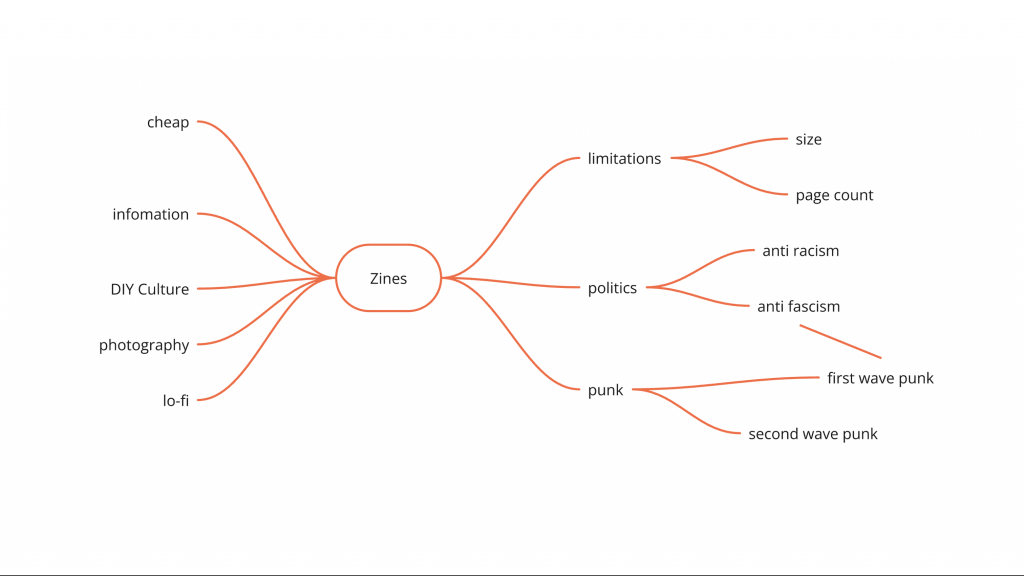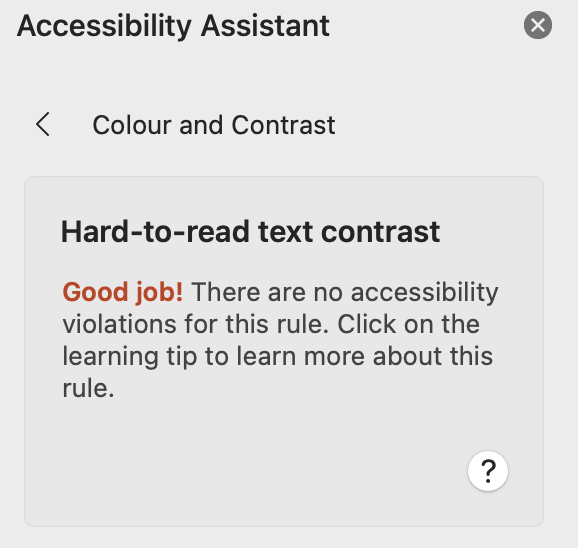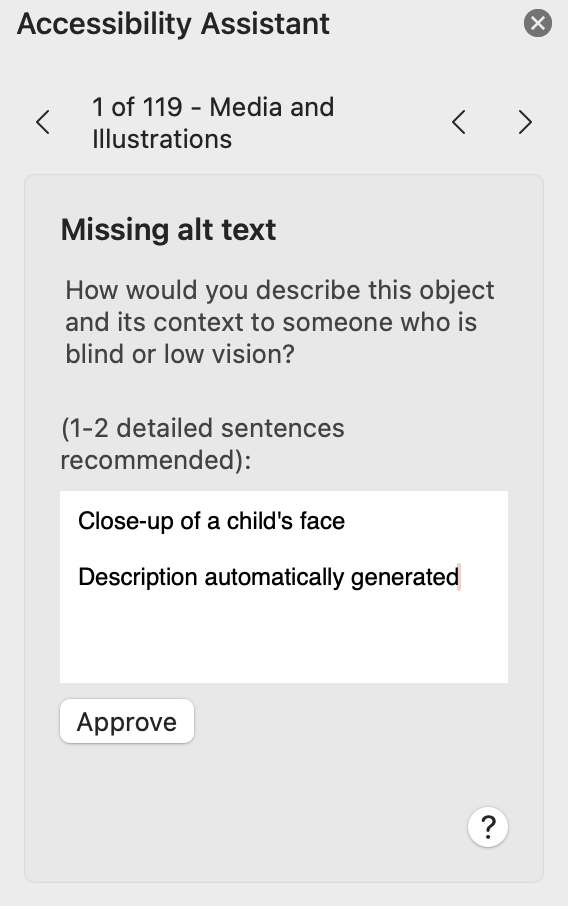“The classroom remains the most radical space of possibility in the academy.”
(hooks, 1994, p. 12)
Three key ideas shaped my thinking throughout this intervention. First, nothing we do as educators is ever truly neutral. Every choice we make, from course delivery to assessment, reflects certain values and assumptions. Second, students never bring the same experiences into the classroom. Each arrives with a unique set of cultural, social, and educational contexts that shape their engagement with the material. And finally, I was mindful of how to consider intersectionality more meaningfully. Not just in the content I deliver, but in the structures and expectations that underpin the learning environment. All three of these are, at times, also impacted by structures put in place by UAL.
As a senior lecturer in the first year of the BA Photography course, I am tasked with delivering both the first unit (Introduction to Photography) and the first lecture. I am a white, straight man working within a predominantly white institution. I acknowledge that my identity shapes how I experience and move through educational and industry spaces, and I continue to reflect on the privileges this affords me. I have witnessed first-hand, especially through mentoring students (outside of my workload), the difficult students who are not white, or have dissabilities, can face navigating the structures of UAL and LCC. These difficulties are often compounded because of intersectionality. Outside of LCC, I have a background in community arts education and work professionally commissioning photography for magazines. These experiences inform my teaching practice, particularly in how I value collaboration, accessibility, and amplifying underrepresented voices within the curriculum.
Last year, I collaborated with Hot Potato News to redesign the Introduction to Photography unit, replacing a traditional digital portfolio with a collaborative zine. This small but significant shift made space for students to work collectively, reflect politically, and challenge the visual and structural norms of photographic practice.
This year, I wanted to build on that approach by designing a new lecture titled Zinemaking: An Alternative Anti-Racist History. While developing the lecture, I wanted to challenge the dominant framing of zine culture as emerging primarily from white, punk, and skateboarding subcultures in 1980s California. In response, I researched and foregrounded a more inclusive and locally rooted history. One that includes radical Black British publishing collectives from 1960s and 70s London, such as FOWAAD! by OWAAD and Speak Out! by the Brixton Black Women’s Group. The aim was to show students that zine making has long served as a political and accessible tool for marginalised communities. This historical reframing was central to positioning the zine project not just as a creative exercise, but as a potential site of resistance and identity work.



Examples of Slides
In designing the lecture, I began with short clips from social media where people confidently stated that zine culture began with punk movements. This was an intentional strategy to surface dominant narratives and encourage students to question them. I then structured the lecture to move into alternative histories, supported by examples of contemporary anti-racist zines. As part of the follow-up seminar design, I created a task that asked students to explore online archives such as the Glasgow Zine Library and Printed Matter, reflect on what resonated with them, and begin making a one-page zine on a subject they genuinely care about. As an extension of the lecture, I have planned a visit to the Black Cultural Archives in Brixton to view the original publications discussed. They hold physical copies of FOWAAD!, Speak Out!, and other radical materials. We will also visit local spaces like Photofusion and 198 Contemporary Arts and Learning.
In planning the project, I encouraged students to consider the boundaries and purpose of their zine, to use recycled or sustainable materials where possible, and to reflect on the environmental impact of their production choices.
To support students with access needs, I followed Harvard University’s ten guidelines for creating accessible PowerPoint presentations. I used the platform’s built-in accessibility checker, which flagged missing alt-text on images. I added accurate and descriptive captions to all visuals, ensured high contrast between text and background, and reviewed the reading order of each slide. I also tested the colour palette using an online contrast tool to ensure legibility across all formats.


Although I have dyslexia, so consider some of these things naturally, these steps helped me better consider the different ways students might engage with the lecture, especially those using screen readers or accessing it asynchronously. It also encouraged me to reflect more critically on how the visual presentation of information can either include or exclude students.
In their guest lecture for this unit, Pedagogies of Discomfort, Leah Cox said that we may need to dismantle structures of learning within higher education rather than simply adding to them. She used an analogy of a burger to illustrate the limits of reform within existing frameworks. This lecture led me to revisit Megan Boler’s A Pedagogy of Discomfort, which Cox references. Boler argues that critical self-reflection and discomfort are essential for transformative learning. By experiencing discomfort, learners can begin to recognise their own assumptions and complicity in systems of power and oppression. This pedagogical strategy involves questioning norms, disrupting comfort zones, and creating space for emotional engagement in the classroom.
In developing this lecture, I wanted to hold space for discomfort without creating a sense of exclusion or disorientation for new students. Starting with familiar media and gradually introducing alternative histories was a way of balancing challenge with accessibility. The structure allowed students to make connections between the personal and political, the visual and historical, and to begin seeing zine making as more than a niche or hobbyist pursuit. Instead, it becomes a tool for expression, solidarity, and critique.
bell hooks also reminds us that “the classroom, with all its limitations, remains a location of possibility. In that field of possibility we have the opportunity to labor for freedom… to transgress” (1994, p. 207). Designing this lecture became a way for me to explore how those possibilities might be opened up through curriculum, structure, and intent.
Although institutional change can be slow, I have seen how small interventions at the level of unit design can build momentum. In an online workshop, Carys Kennedy described this as a “constellation of activity,” and I find that image helpful. I have witnessed inclusive practices emerge organically from collaboration with colleagues, even as they are sometimes blocked by senior leadership teams. Working within those tensions, I’ve come to see inclusive teaching not as a destination, but as an ongoing process of negotiation, reflection, and design.
This intervention helped me better understand how thoughtful lecture planning can embed inclusive values at the start of a course. The structure of the session, the theoretical frameworks that underpinned it, and the creative outputs it encouraged were all intended to support students in locating their own voice within a broader photographic and political landscape. As I revise the lecture in future years, I aim to develop it as a living tool, one that continues to challenge dominant narratives and make space for the multiplicity of voices in the classroom.
Bibliography
Boler, M., 1999. A pedagogy of discomfort. In: Feeling power: Emotions and education. New York: Routledge, pp. 175–214.
hooks, b., 1994. Teaching to transgress: Education as the practice of freedom. New York: Routledge.
MMS Collective (ed.), 2020. Natural Enemies of Books: A Messy History of Women in Printing and Typography. London: Occasional Papers.
Brixton Black Women’s Group, 2023. Speak Out!: The Brixton Black Women’s Group. Edited by Milo Miller. London: Verso Books.
Harvard T. H. Chan School of Public Health (Digital Accessibility Services). (n.d.) Create Accessible PowerPoint Presentations. Available at: https://accessibility.huit.harvard.edu/microsoft-powerpoint
Brixton Black Women’s Group (2023). Speak Out! Edited by Milo Miller. London: Verso Books. (Already in your list)
MMS Collective (2020). Natural Enemies of Books: A Messy History of Women in Printing and Typography. London: Occasional Papers. (Also already in your list)
Glasgow Zine Library. Available at: https://www.glasgowzinelibrary.com
Printed Matter. Available at: https://www.printedmatter.org